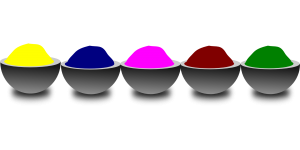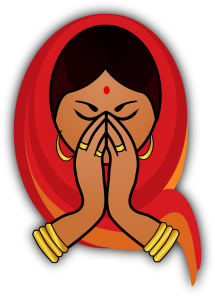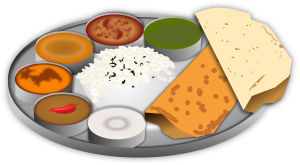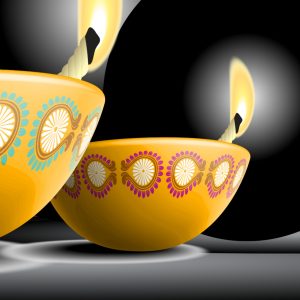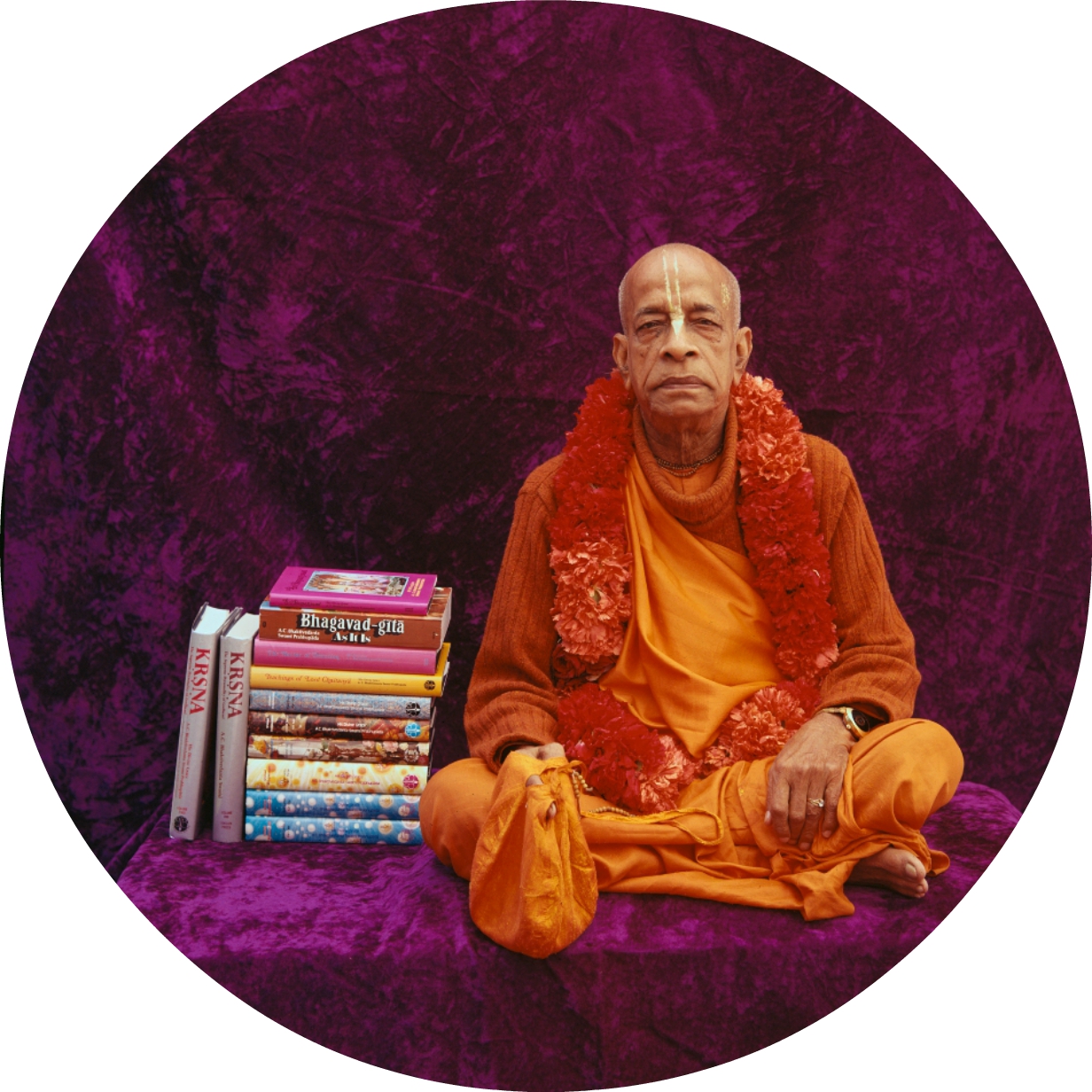 Sumaṅgalā dāsī: I have a question. Are the scriptures of other religions also śabda-pramāṇa (transcendental evidence)?
Sumaṅgalā dāsī: I have a question. Are the scriptures of other religions also śabda-pramāṇa (transcendental evidence)?
Śrīla Bhaktivedānta Nārāyaṇa Mahārāja: Yes, but so-called followers do not actually understand or follow their scriptures. The Bible has told us, “God created man after His own image.” ‘After His own image’ means that He has a very beautiful transcendental form. The so-called followers don’t agree with this. They say, “Our God has no form.”
This is true for Muslims also. It is not written anywhere in the Koran, the Muslim scripture, that, “Those who do not follow Mohammad are the enemy and you should kill them.” Still, some Muslim leaders want the entire world to become Muslim and to chant “Allah, Huda” by force. In the Koran it has been written that Allah has a form, and according to that form He created man; but the so-called followers don’t agree.
Sumaṅgalā dāsī: Are those Vedic scriptures that are within the three guṇas* also śabda-pramāṇa, or only the scriptures in sattva-guṇa?
Śrīla Bhaktivedānta Nārāyaṇa Mahārāja: Yes, they are śabda-pramāṇa. Especially, Śrīmad-Bhāgavatam is amala pramāṇa, the spotless evidence. If you follow Śrīmad-Bhāgavatam, you will see that all pramāṇas (Vedic evidences) are present there. The real meaning of śabda-pramāṇa is Śrīmad-Bhāgavatam.
Anurādhā dāsī: Some people say that the books written by our ācāryas and Gosvāmīs in 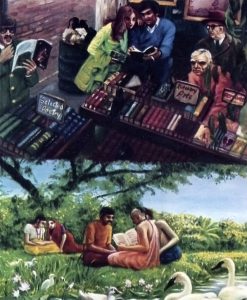 disciplic succession are not śāstras, or Vedic scriptures; they are simply literatures. Can you say something about this? They say that Śrīla Rūpa Gosvāmī’s Bhakti-rasāmṛta sindhu is not called ‘śāstra;’ it is simply called ‘literature.’
disciplic succession are not śāstras, or Vedic scriptures; they are simply literatures. Can you say something about this? They say that Śrīla Rūpa Gosvāmī’s Bhakti-rasāmṛta sindhu is not called ‘śāstra;’ it is simply called ‘literature.’
They say that the ancient scriptures should be given preference, and if what is written by our ācāryas does not coincide with what was written in the ancient śāstras, we have to accept the ancient śāstras.
Śrīla Bhaktivedānta Nārāyaṇa Mahārāja: There is nothing wrong in this principle. If a written work is against scriptures such as Śrīmad Bhāgavatam, then we cannot say it is śāstra; rather, it is literature. However, whatever our Gosvāmīs have written is scripture, not literature, because our Gosvāmīs have established all their writings on the basis of the ancient Vedic scriptures.
Veda is the original book of all knowledge. However, Veda is likened to a salt ocean, in the sense that practically no one can drink that water. Śrīla Vyāsadeva has taken the Veda, distilled it, and manifested the Śrīmad-Bhāgavatam.
From milk we get butter and from butter we get ghee (clarified butter), which is not a separate substance from milk. In the same way, the Śrīmad-Bhāgavatam is like the ghee taken from butter, or fresh water distilled from the salt ocean. We take the pure,  filtered water; everybody can drink it and use it.
filtered water; everybody can drink it and use it.
In the same way, all the books of Śrīla Rūpa Gosvāmī and the other Gosvāmīs are the essence of the Bhāgavatam. As the Bhāgavatam is like ghee churned from the butter of the Vedas, the Gosvāmīs’ writings are like ghee churned from the butter of the Bhāgavatam. For example, the verse beginning with anyābhilāṣitā-śūnyam in Rūpa Gosvāmī’s Bhakti-rasāmṛta-sindhu is not in the Śrīmad-Bhāgavatam, but it supports the Bhāgavatam and is therefore called śāstra.
In Mathurā, in the early 1990’s, when a publication of Śrī Locana dāsa Ṭhākura’s book had just been printed, Śrīla Bhaktivedānta Nārāyaṇa Mahārāja explained that Locana dāsa Ṭhākura is a nitya-siddha, an eternal associate, of Śrī Caitanya Mahāprabhu. He explained that this book is written in a general way, and that the līlās are not presented in the context of rasa. From the point of view of tattva, since Mahāprabhu is Kṛṣṇa, there is also no fault on the part of Locana dāsa Ṭhākura. Still, in his book the rasas are indistinctly mixed. Knowledgeable devotees to not relish reading literatures that do not make those distinctions.
Śrīla Bhaktivedānta Nārāyaṇa Mahārāja was also asked about Garga Saṁhitā’s descriptions of Śrīmatī Rādhikā cursing Vṛndā-devī and Śrīdhāmā to come to the material world, this being different from the śastra accepted by Gauḍīya Vaiṣṇavas. How are we to view all this?
He replied that there are different kinds of scriptures and they are written for different kinds of people, who have different levels of consciousness and thereby different adhikāra (degrees of qualification). Everybody’s necessity is considered in the Vedas, so there are scriptures written in the different modes of nature. Some scriptures are for those in sattva-guṇa, some for those in raja-guṇa, and some for those in tama-guṇa, and in some there are mixtures of the three. But the Śrīmad-Bhāgavatam is amala, transcendentally pure. The way to reconcile all of these scriptures is to compare them to the Bhāgavatam and follow the version presented there. ―Śrīmatī Gaura-priya dāsī
“One should not criticize other śāstras. They are created by Vyāsadeva for persons of different adhikāra” (Śrīla Bhaktivedānta Nārāyaṇa Mahārāja, Morning class in Govardhana on October 30, 2009).
* Guṇa – lit. a rope; binding force; three qualities of material nature which bind the living entity as ropes do, due to him accepting different mentalities and corresponding activities. These ropes are named sattva (goodness), rajas (passion), and tamas (darkness). All activities related to material nature are carried out by the agency of these three guṇas.
Image/Art made possible by Pixabay.com & Krishnapath.org

